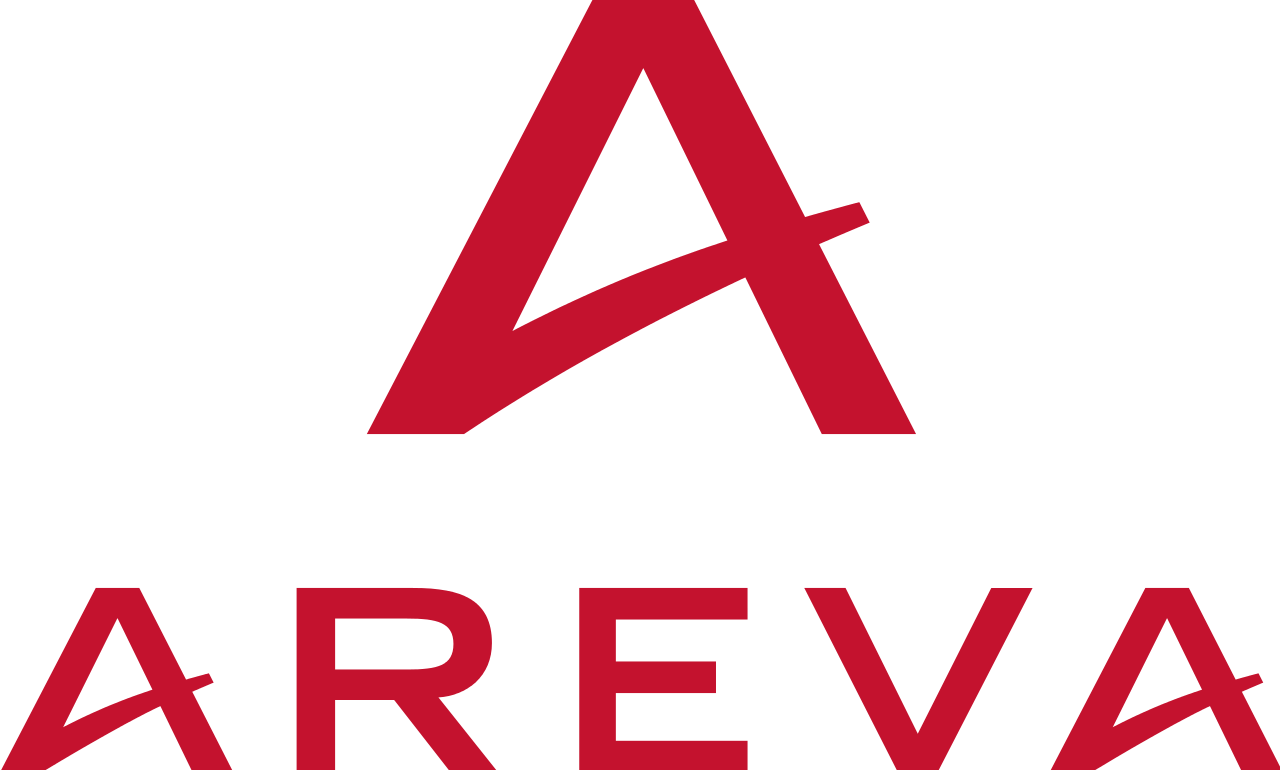What kinds of liquid releases are made by the La Hague plant?
The La Hague plant makes two types of liquid releases: those produced by industrial reprocessing operations - low-level effluents - and the non-radioactive releases corresponding to industrial wastewater and rainwater from the site. These two types of releases are combined in the same discharge pipe, and fully meet the regulations concerning radioactivity as well as the size of the particles in suspension. In addition to strictly meeting the regulations, and in line with the recommendations of the OSPAR commission on radioactive releases at sea, COGEMA is also committed to "zero impact".
Analyses performed by ACRO for Greenpeace appear to suggest that the releases from COGEMA La Hague fail to meet the standards:
this organization claims that some particles sampled from the releases are too radioactive. What can you say about that?
These measurements have nothing in common with any violation of the European regulation.
Greenpeace confuses the threshold above which the regulation applies with a concentration level above which, Greenpeace alleges, the permits have been exceeded. In fact, from the regulatory standpoint, the level of 10 becquerels per gram of Cobalt 60 specified by the European directive to which Greenpeace refers is not the permissible concentration limit, but the limit above which the provisions of the European directive apply.
In health terms, note that the 1996 European directive recommends staying under a health impact of 1 milliSievert (mSv) per year, and that the total impact of the liquid and gaseous releases from La Hague never exceeds 0.06 mSv/year for the most exposed population. This impact level, comparable to an average natural exposure corresponding in France to an impact of 2.4 mSv/year, has been calculated, not by COGEMA, but by an independent commission of experts from all walks of life ("Nord-Cotentin radioecology group") including representatives of ACRO and Crii-rad.
> Can you explain how particles larger than 36 microns could have been sampled in these releases although the plant's radioactive industrial releases are limited to 25 microns?
We are unaware of the exact nature of the samples in question, or of the way in which the samplings were made, or the results of Greenpeace. Note, however, that the presence of particles larger than 25 microns was explained by COGEMA in 1997 and confirmed by the authorities monitoring the installations at La Hague. In fact, the "Y" shaped discharge pipe is designed to permit the passage of two distinct types of release: non-radioactive releases, and the low radioactive releases corresponding to COGEMA's permit associated with the industrial process employed at La Hague.
The particles present in the effluents passing through the discharge pipe cannot be larger than 25 microns if they originate in the plant's reprocessing effluents (a filter is installed at the inlet of this type of release in the pipe), plus a few hundred microns if they come from non-radioactive releases, like rainwater.
The fact that both types of release pass through the same pipe means that particles in suspension from non-radioactive releases, and larger than 25 microns, can acquire a little radioactivity when they pass through the single discharge pipe. Assuming that ACRO really has detected a concentration of 5600 becquerels per gram of Cobalt 60 in a few particles, since their weight could be no more than a few micrograms, these particles would have a radioactivity of a few thousandths of a becquerel.
Note that the human body has a natural radioactivity of about 10,000 becquerels.
